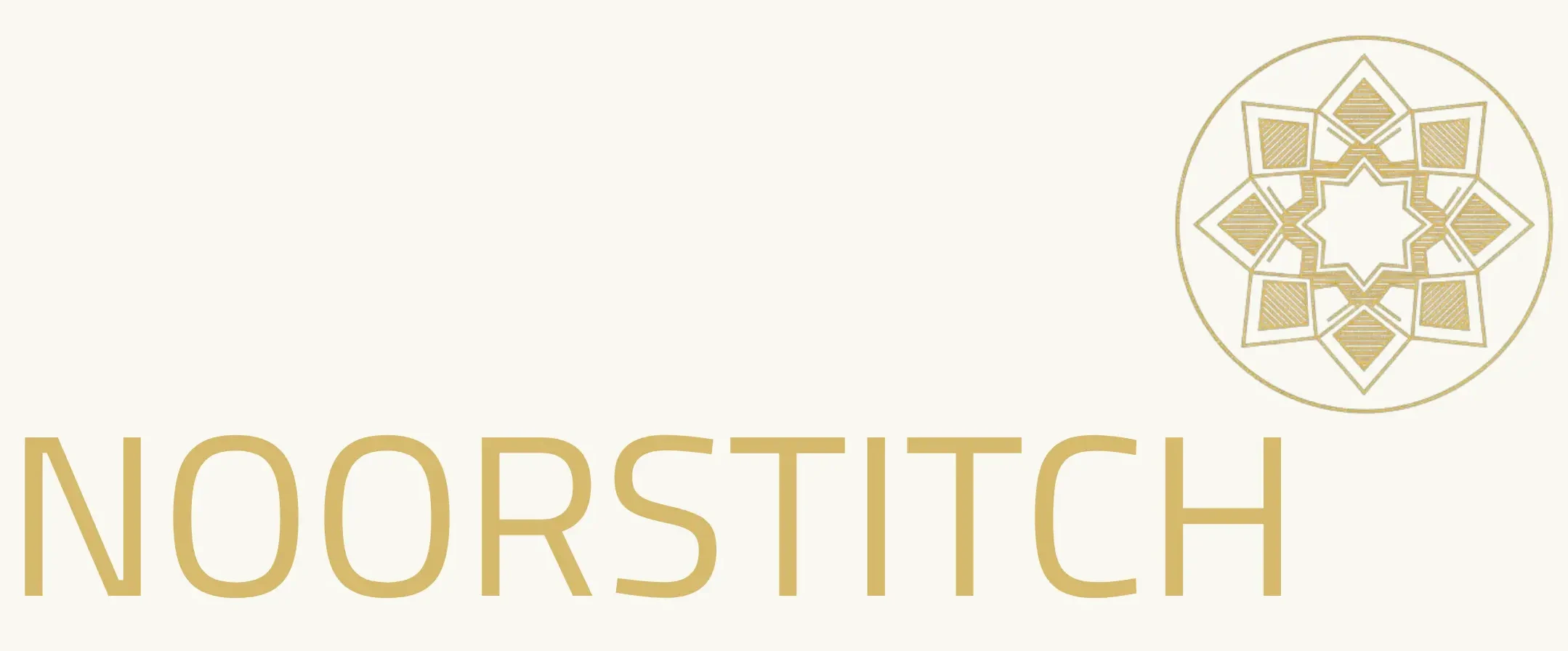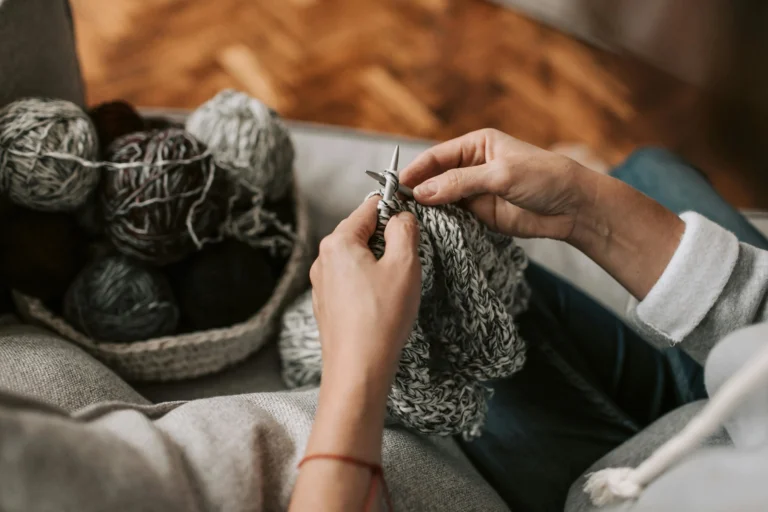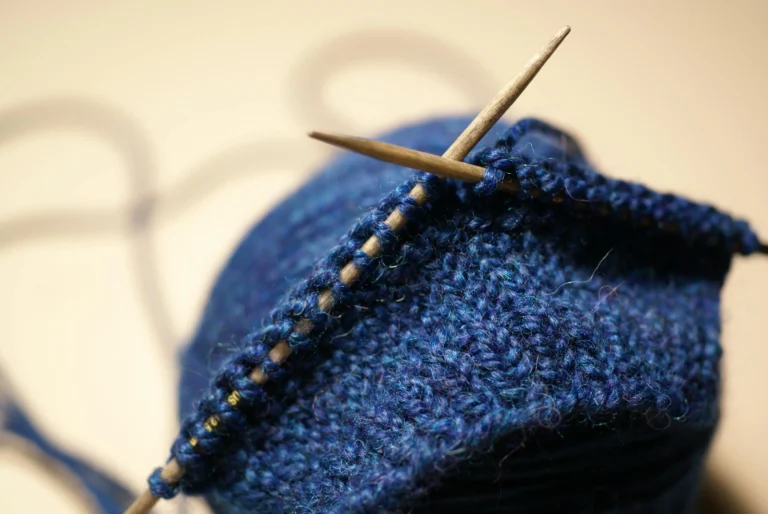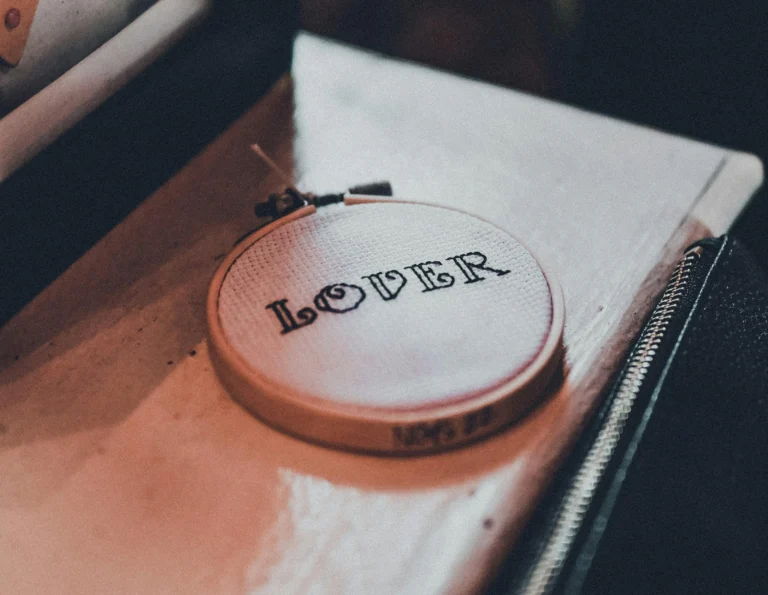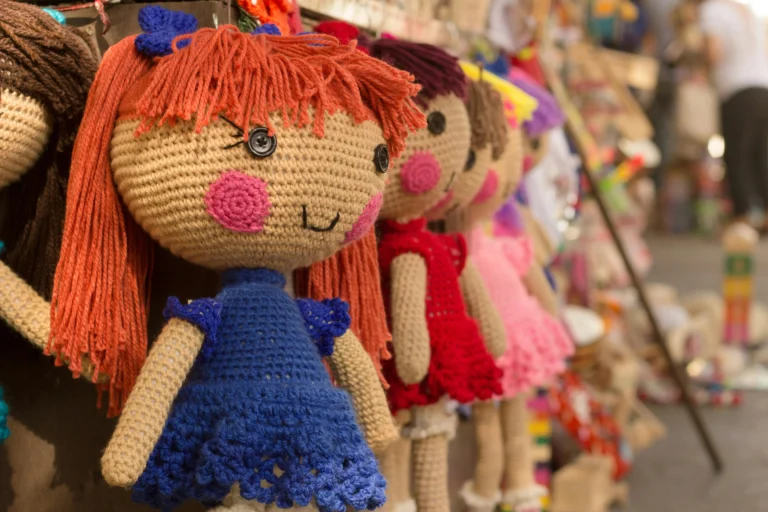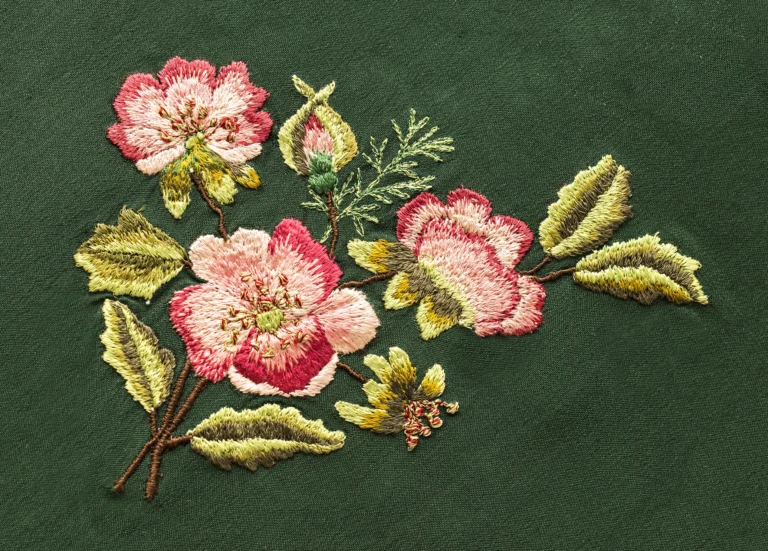Good Embroidery Machine for Beginner: Your Ultimate 2025 Buying Guide
Table of Contents
Good Embroidery Machine for Beginner: Your Ultimate 2025 Buying Guide
Finding a good embroidery machine for beginner stitchers can feel overwhelming with countless options available today. However, choosing the right machine sets the foundation for years of creative enjoyment and successful projects.
The embroidery world has evolved significantly, making it easier than ever for newcomers to start their stitching journey. Moreover, modern machines offer user-friendly features that eliminate traditional learning barriers while maintaining professional-quality results.
Understanding what makes an ideal starter machine helps narrow down choices and ensures your investment pays off long-term. Furthermore, the right machine grows with your skills, preventing the need for immediate upgrades.
Why Beginners Need Different Features Than Experts
Beginner embroiderers require specific features that prioritize ease of use over advanced capabilities. Complex machines often intimidate newcomers and can discourage continued learning.
Simplicity should be your primary consideration when evaluating options. Additionally, automatic features reduce the chance of costly mistakes during the learning process.
The best embroidery machine for beginners balances functionality with user-friendly operation. Most importantly, it should inspire confidence rather than create frustration during your first projects.
Essential Features Every Beginner Should Consider
Understanding key features helps identify what makes a good embroidery machine for beginner use. These characteristics directly impact your learning experience and project success rates.
Hoop Size and Versatility
Start with machines offering multiple hoop sizes, typically ranging from 4×4 inches to 5×7 inches. This variety allows experimentation with different project types without feeling limited.
Larger hoops enable bigger designs but require more workspace and can be challenging for beginners to handle. Therefore, a medium-sized hoop often provides the perfect balance for new stitchers.
Moreover, some machines include specialty hoops for caps, sleeves, and other unique applications. While not essential initially, these options add value as skills develop.
Built-in Design Library
A substantial built-in design collection eliminates the immediate need to purchase additional patterns. Quality starter machines typically include 50-200 designs covering various themes and skill levels.
Look for machines with alphabets, basic shapes, and seasonal motifs. These fundamental designs provide excellent practice opportunities while creating useful finished projects.
Furthermore, built-in editing capabilities allow simple modifications to existing designs. This feature introduces basic customization concepts without requiring external software.
Top Embroidery Machine Recommendations for Beginners
Several manufacturers have developed machines specifically targeting newcomers to the embroidery hobby. These models prioritize user-friendly features while maintaining quality construction.
Brother PE800 Series
The Brother PE800 represents excellent value for beginning embroiderers. It features a 5×7-inch hoop, built-in Disney designs, and automatic threading capabilities.
Its large LCD screen displays designs clearly, making selection and positioning straightforward. Additionally, the machine includes basic editing functions for design customization.
The embroidery rate on this model reaches 650 stitches per minute, providing reasonable speed without sacrificing accuracy. This balance suits beginners who want efficient operation without overwhelming complexity.
Singer Legacy SE300
Singer’s Legacy SE300 offers an affordable entry point into machine embroidery. The 4×4-inch hoop handles most beginner projects comfortably while keeping the machine compact.
This sewing and embroidery machine combination provides excellent versatility for crafters interested in multiple techniques. Users can switch between regular sewing and embroidery functions seamlessly.
The machine includes 200 built-in designs and six lettering fonts. Moreover, its automatic features reduce setup time and minimize common beginner mistakes.
Janome Memory Craft 400E
Janome’s reputation for reliability makes the MC400E an excellent choice for serious beginners. The machine features precise stitching capabilities and durable construction.
Its 7.9-inch hoop accommodates larger designs while remaining manageable for new users. The machine’s stability ensures consistent results even during extended stitching sessions.
Advanced features like automatic thread cutting and jump stitch trimming simplify the embroidery process. These capabilities allow beginners to focus on creativity rather than technical details.
Understanding Embroidery Rate and Speed Settings
Embroidery rate refers to how quickly a machine can complete stitches, typically measured in stitches per minute. However, faster isn’t always better for beginners learning proper techniques.
Most quality machines offer variable speed settings, allowing users to start slowly and increase pace as confidence builds. This flexibility proves invaluable during the learning process.
Generally, speeds between 400-600 stitches per minute work well for beginners. This range provides reasonable efficiency while maintaining control over the stitching process.
Sewing and Embroidery Machine Combinations
Many beginners benefit from machines that combine regular sewing capabilities with embroidery functions. These versatile units maximize workspace efficiency and provide excellent value.
Advantages of Combination Machines
Dual-purpose machines eliminate the need for separate equipment, saving both money and space. Additionally, users can complete entire projects using a single machine.
The ability to switch between functions encourages skill development in multiple areas. This versatility often leads to more creative and complex projects over time.
However, combination machines may compromise slightly on specialized features compared to dedicated embroidery units. Consider your primary interests when weighing these trade-offs.
Budget Considerations for Beginner Machines
Establishing a realistic budget helps narrow choices and prevents overspending on unnecessary features. Quality beginner machines typically range from $300 to $800.
What Your Budget Gets You
Entry-level machines under $400 provide basic embroidery capabilities with limited design libraries. These options work well for casual hobbyists testing their interest levels.
Mid-range machines ($400-$600) offer better build quality, larger design collections, and more advanced features. This price point often provides the best value for committed beginners.
Premium beginner machines ($600-$800) include professional-grade features and exceptional build quality. These investments often last for years without requiring upgrades.
Setting Up Your First Embroidery Machine
Proper setup ensures optimal performance and prevents common beginner frustrations. Take time to organize your workspace and familiarize yourself with machine functions.
Workspace Organization
Create a dedicated embroidery area with adequate lighting and ventilation. Ensure your work surface can support the machine’s weight and vibration during operation.
Organize threads, hoops, and supplies within easy reach. This organization prevents interruptions during projects and maintains creative flow.
Moreover, keep instruction manuals and quick reference guides nearby. These resources prove invaluable when learning new techniques or troubleshooting issues.
Common Beginner Mistakes to Avoid
Learning from others’ experiences helps prevent costly mistakes and frustrating setbacks. Most beginners encounter similar challenges during their learning journey.
Threading and Tension Issues
Improper threading causes most beginner problems, including thread breaks and poor stitch quality. Always follow manufacturer instructions precisely when threading your machine.
Thread tension requires adjustment based on fabric type and design complexity. Start with manufacturer recommendations and make small adjustments as needed.
Furthermore, use quality embroidery threads designed for machine use. Cheap threads often cause problems that beginners attribute to machine malfunctions.
Maintaining Your Embroidery Machine
Regular maintenance ensures consistent performance and extends machine life significantly. Most maintenance tasks are simple and can be performed by beginners.
Daily Maintenance Tasks
Clean lint and thread debris from the machine after each use. This simple step prevents buildup that can interfere with mechanical operation.
Check needle condition regularly and replace dull or damaged needles immediately. Sharp needles ensure clean stitching and prevent fabric damage.
Additionally, cover your machine when not in use to protect it from dust and moisture. This protection preserves both mechanical and electronic components.
Growing Your Skills Beyond the Basics
Once comfortable with basic operations, beginners can explore advanced techniques and features. This progression keeps the hobby engaging and challenging.
Expanding Design Options
Learn to import purchased designs from reputable sources. This skill dramatically expands your creative possibilities beyond built-in patterns.
Experiment with different stabilizers and fabrics to understand their effects on finished projects. This knowledge enables more ambitious projects and better results.
Moreover, consider basic digitizing software to create custom designs. While advanced, this skill provides unlimited creative freedom and professional capabilities.
Frequently Asked Questions
Q: What is a good embroidery for a beginner to start with?
A: Start with simple designs like basic flowers, geometric shapes, or small text. These patterns help you learn threading, hooping, and machine operation without overwhelming complexity. Built-in alphabets are also excellent for practicing letter placement and spacing.
Q: How much should I spend on my first embroidery machine?
A: A good embroidery machine for beginner use typically costs between $400-$600. This range provides reliable performance, adequate features, and room for skill growth without overspending on advanced capabilities you won’t use initially.
Q: Do I need a combination sewing and embroidery machine or just embroidery?
A: If you’re interested in general sewing projects, a combination machine offers excellent value and versatility. However, if you only want to embroider, a dedicated embroidery machine often provides better specialized features at the same price point.
Q: What hoop size should beginners choose?
A: A 5×7-inch hoop provides an ideal balance for beginners, accommodating most starter projects while remaining manageable. Avoid starting with very large hoops, as they’re harder to handle and require more workspace.
Q: How fast should beginners run their embroidery machines?
A: Start with slower speeds around 400-500 stitches per minute while learning. This pace allows you to observe the stitching process, catch problems early, and build confidence before increasing to faster embroidery rates.
